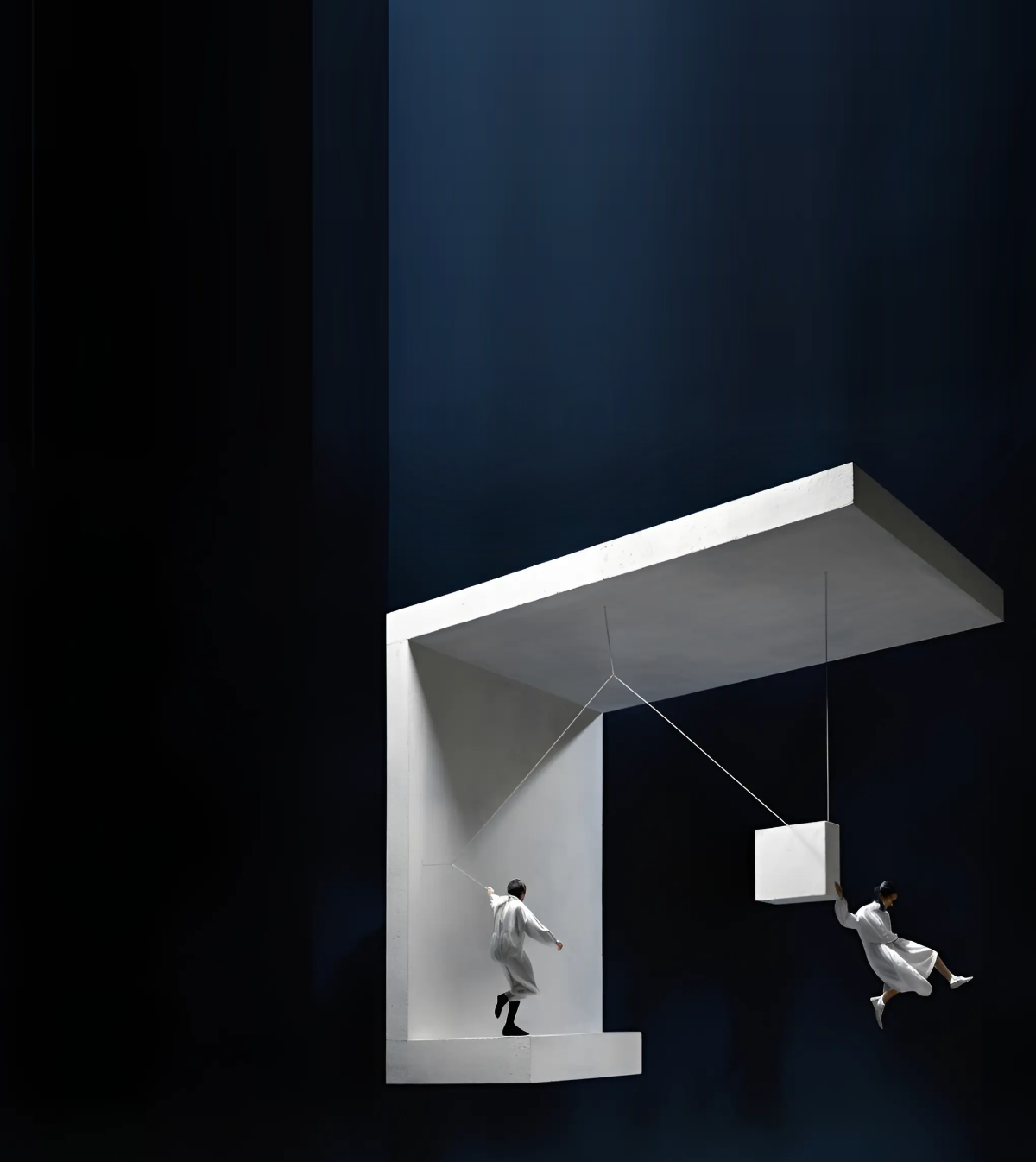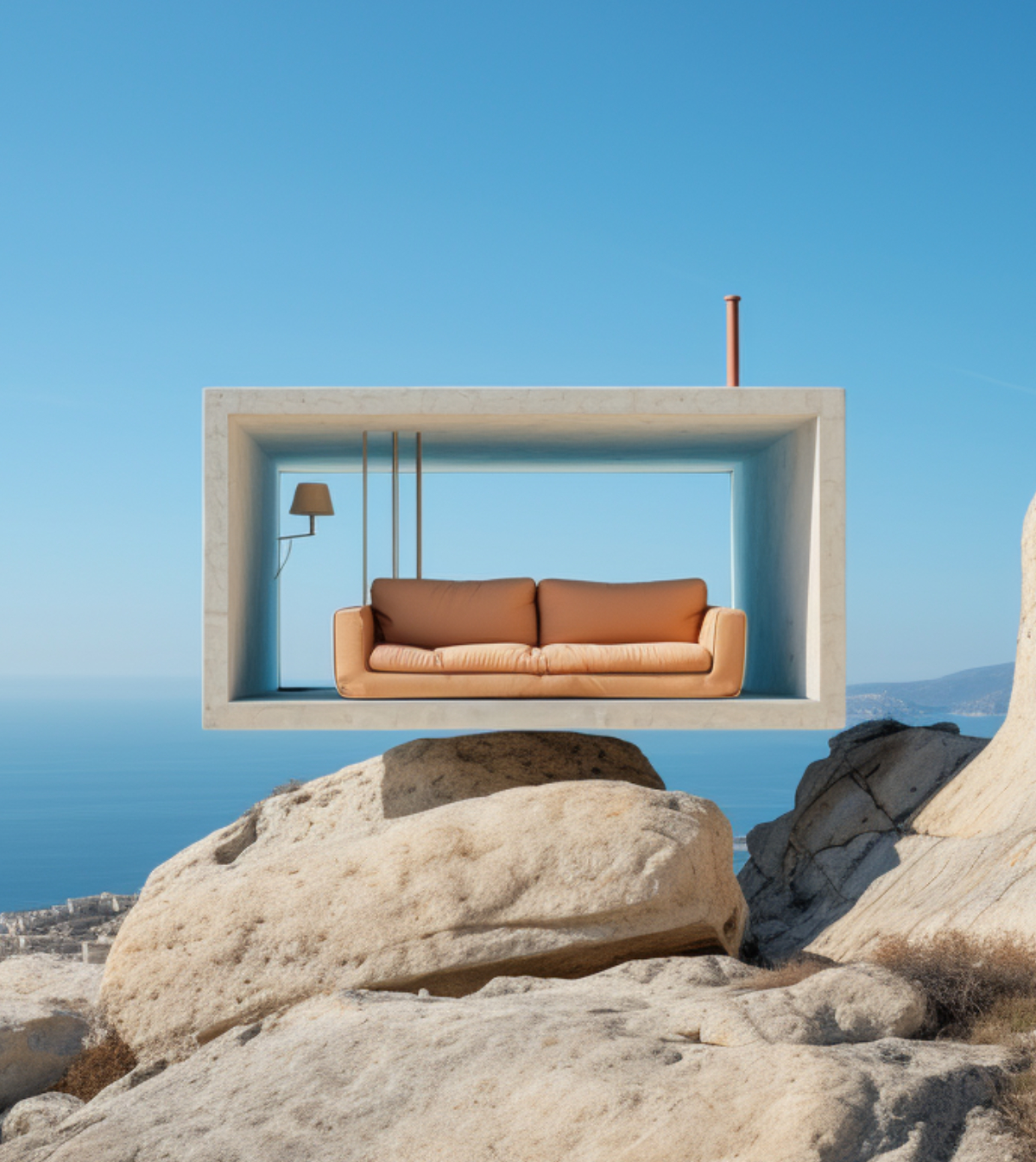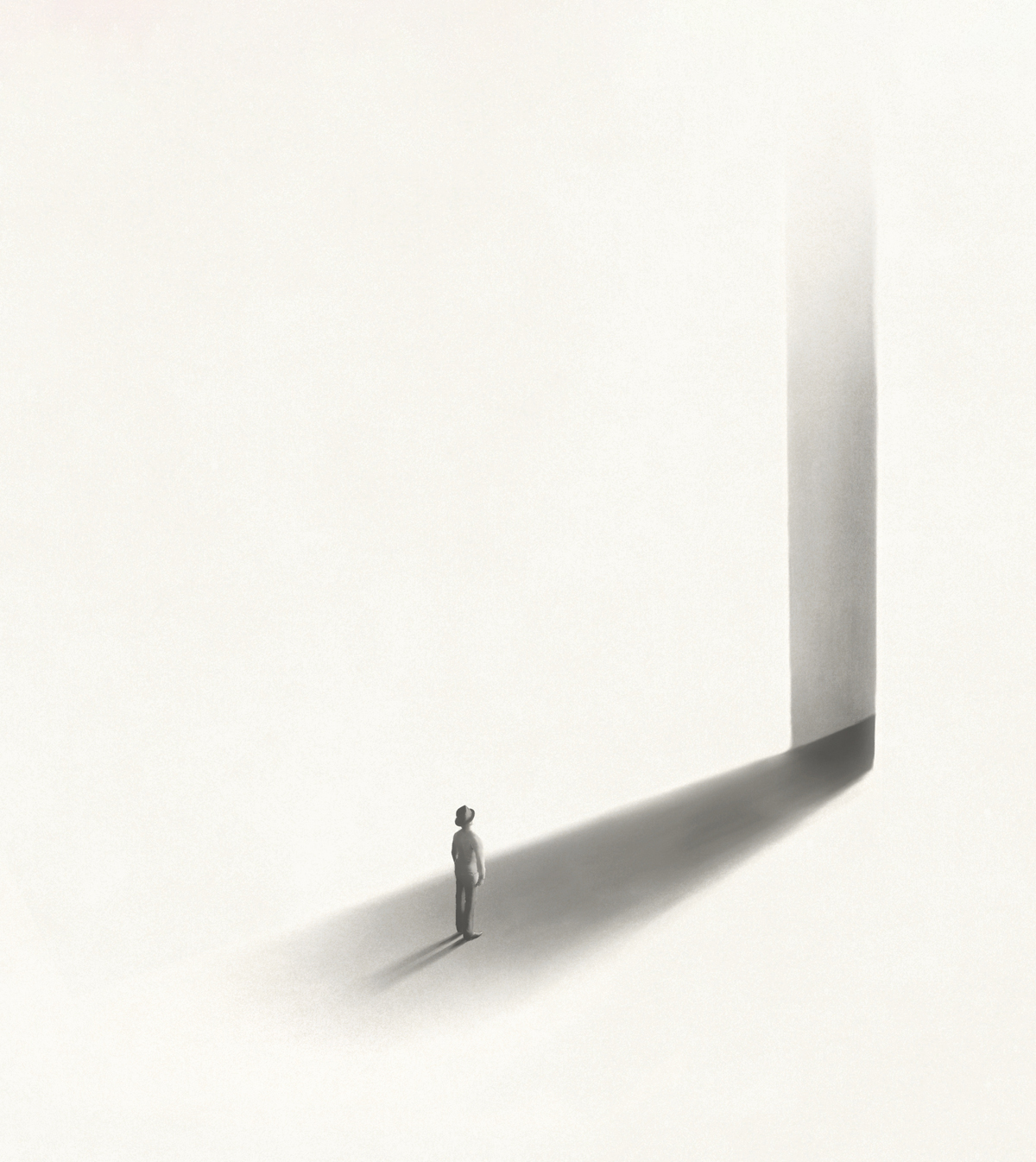Affordable housing is a concern for every nation on the planet, with house prices far outstripping the buying capabilities of many of the world’s inhabitants. And while there are unique situations in place influencing housing markets in different cities around the world, the problem still seems universal. How can we make housing more affordable?
Many governments turn to a combination of legislation and campaign promises to increase the number of affordable housing developments, and while there has been progress, it still remains a huge problem to be tackled.
WorldHaus’ $2,000 home
WorldHaus set some ambitious goals back in 2012, with plans to make it possible - normal in fact - for low-income families to move into affordable, modular housing that could cost them as little as $2,000. How on earth could they create something with a total cost of one month’s typical rent in many cities?!
Bill Gross, the man who created the internet incubator IdeaLab, is the chairman of WorldHaus, and outlined his plans in a presentation at the United Nations Social Innovation Conference in New York.

WorldHaus’ prototype for truly affordable housing was built in just 10 months. Image source
January 2012 saw the completion of the company’s first prototype home in Chennai, India. After bad weather caused construction delays, the entire structure was completed in just 10 months! The modular construction also makes the building much more resistant to natural disasters such as earthquakes and cyclones, all while remaining cool and comfortable in higher temperatures.
WorldHaus is looking to tackle India’s affordable housing crisis with construction technologies that bend the cost curve and make quality homes attainable to low income families in the EWS and LIG segments. They do this by partnering with NGOs, government agencies, and private developers, fulfilling state mandates to build standalone homes and multi-storey apartments at a fraction of the cost - 30-40% of the price of traditional construction – making the unaffordable affordable.
IKEA-inspired prefab housing
Ideabox was started by Jim Russell in Salem, Oregon some six years ago. It got a huge boost in popularity when it unveiled its Ikea-inspired (though not officially affiliated) house known as Aktiv. The Aktiv house takes the Swedish ideas of flat-packed furniture and applies it to housing.

The Aktiv House is a prefabricated house that comes readymade for almost any property. Image source
Russell designed the 745-square-foot one-bedroom, one-bathroom home around specific Ikea components, and the designers from the local IKEA store worked directly with the company to make sure that builders had all the parts they needed, costing a grand total of around $86,500 to build.
The concept of prefab housing makes sense, when making the analogy of comparing to the automotive industry. A car manufacturer wouldn’t build a car in a muddy lot, so why should house construction be at the mercy of the elements?
Prefab houses are constructed in controlled environments, and then delivered to their lot, either on industry-standard rollers or are crane-lifted into place. They are then bolted into the concrete foundation and sealed.
Notched terrace typology houses in London
Hannibal Road Gardens is a social housing project in Stepney, London. Set around a community garden they replace a problematic strip of garages in order to create a fourth side to a square within an existing housing estate, with three slab blocks forming the other sides.
The new houses were conceived as a continuation of the timber garden fences of the existing housing blocks, being constructed from timber and configured as a series of stepped and notched south-east facing garden terraces. Designed predominantly for families, with configurations of 3, 4 and 6 bedrooms, the housing will be 100% affordable, with 50% intended for social renting.


Hannibal Road Gardens by Peter Barber Architects is located in Stepney, England. Image source
Top 3 Reasons Why You Should Enter Architecture Competitions
Curious about the value of architecture competitions? Discover the transformative power they can have on your career - from igniting creativity and turning designs into reality, to gaining international recognition.
Learn more























